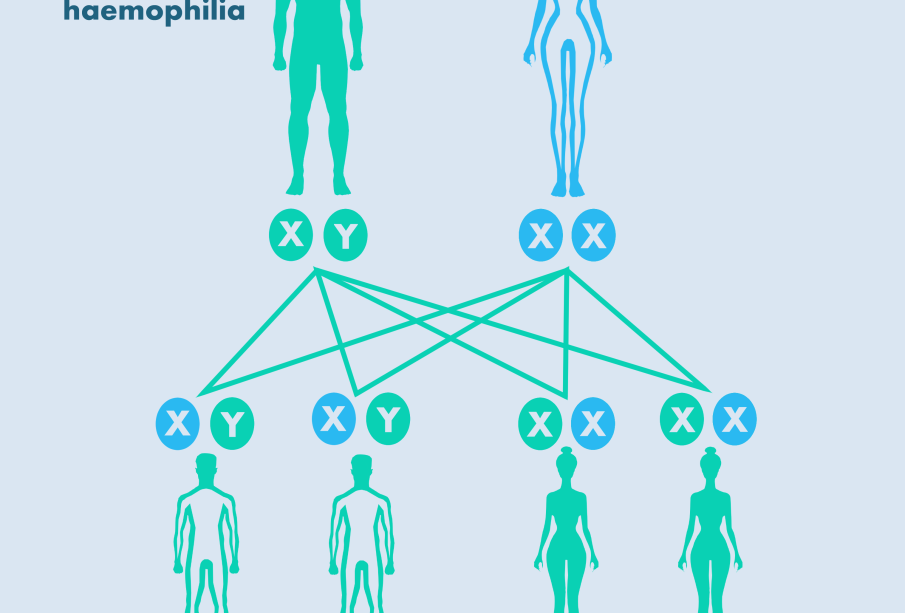Understanding Haemophilia: Causes, Treatment, and Awareness

Introduction
Haemophilia is a rare genetic disorder that affects the blood’s ability to clot, leading to excessive bleeding from injuries or surgeries. Understanding haemophilia is crucial due to its profound impact on patients’ quality of life and the healthcare systems that manage their treatment. With one in every 10,000 males affected, raising awareness and improving treatment options is a priority for medical professionals and advocacy groups alike.
What is Haemophilia?
Haemophilia primarily arises from deficiencies in clotting factors, proteins that typically help control bleeding. There are two main types: Haemophilia A, caused by a deficiency in factor VIII, and Haemophilia B, which is due to a deficiency in factor IX. The condition is inherited in an X-linked recessive manner, predominantly affecting males, while females are typically carriers.
Recent Developments in Treatment
Recent advancements in the treatment of haemophilia have brought new hope to patients. Traditional treatments involved replacing the missing clotting factors through injections. However, new therapies, including gene therapy, aim to provide a long-lasting solution by enabling the body to produce the missing factors independently. Clinical trials showing promising results in haemophilia A and B suggest that patients might soon have access to more effective treatment options, potentially leading to a better quality of life.
Global Awareness and Advocacy
International organisations such as the World Federation of Hemophilia (WFH) are making strides in raising awareness about haemophilia. Their initiatives aim to educate both the public and healthcare professionals about the condition, ensuring better diagnosis and management. World Haemophilia Day, observed annually on April 17, promotes awareness and supports individuals affected by haemophilia through education and outreach programs.
Conclusion
Haemophilia remains a significant health concern that highlights the need for continued research and public awareness. Recent developments in treatment methodologies hold promise for improved patient outcomes, yet the journey to make these therapies universally accessible continues. Understanding haemophilia not only aids in supporting those affected by the disorder but also strengthens the healthcare community’s ability to provide effective care and management. As awareness grows and treatment options expand, the future looks brighter for individuals living with haemophilia.








